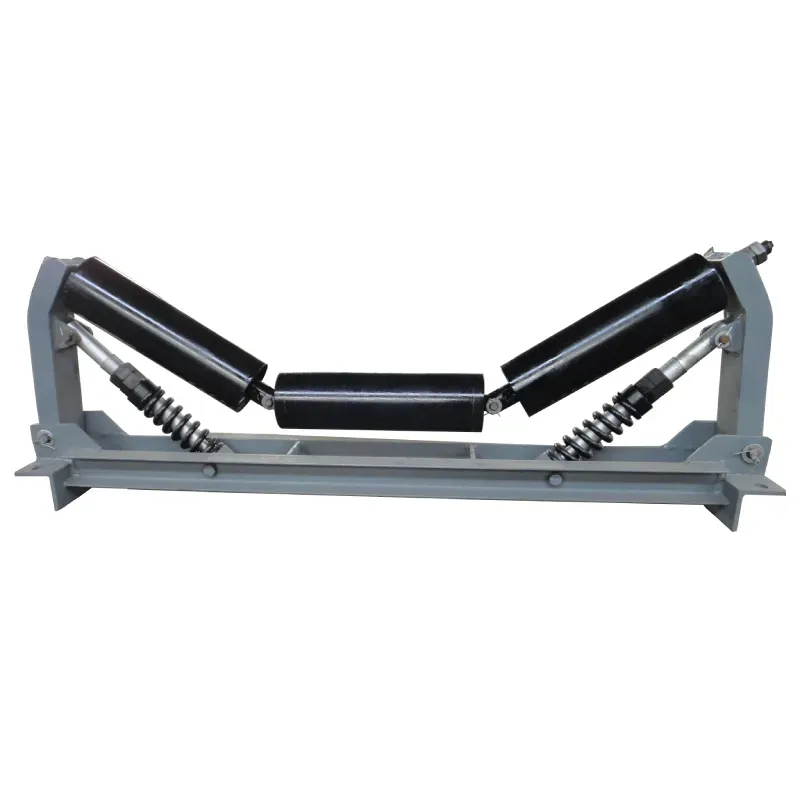 Afrikaans
Afrikaans  Albanian
Albanian  Amharic
Amharic  Arabic
Arabic  Armenian
Armenian  Azerbaijani
Azerbaijani  Basque
Basque  Belarusian
Belarusian  Bengali
Bengali  Bosnian
Bosnian  Bulgarian
Bulgarian  Catalan
Catalan  Cebuano
Cebuano  Corsican
Corsican  Croatian
Croatian  Czech
Czech  Danish
Danish  Dutch
Dutch  English
English  Esperanto
Esperanto  Estonian
Estonian  Finnish
Finnish  French
French  Frisian
Frisian  Galician
Galician  Georgian
Georgian  German
German  Greek
Greek  Gujarati
Gujarati  Haitian Creole
Haitian Creole  hausa
hausa  hawaiian
hawaiian  Hebrew
Hebrew  Hindi
Hindi  Miao
Miao  Hungarian
Hungarian  Icelandic
Icelandic  igbo
igbo  Indonesian
Indonesian  irish
irish  Italian
Italian  Japanese
Japanese  Javanese
Javanese  Kannada
Kannada  kazakh
kazakh  Khmer
Khmer  Rwandese
Rwandese  Korean
Korean  Kurdish
Kurdish  Kyrgyz
Kyrgyz  Lao
Lao  Latin
Latin  Latvian
Latvian  Lithuanian
Lithuanian  Luxembourgish
Luxembourgish  Macedonian
Macedonian  Malgashi
Malgashi  Malay
Malay  Malayalam
Malayalam  Maltese
Maltese  Maori
Maori  Marathi
Marathi  Mongolian
Mongolian  Myanmar
Myanmar  Nepali
Nepali  Norwegian
Norwegian  Norwegian
Norwegian  Occitan
Occitan  Pashto
Pashto  Persian
Persian  Polish
Polish  Portuguese
Portuguese  Punjabi
Punjabi  Romanian
Romanian  Russian
Russian  Samoan
Samoan  Scottish Gaelic
Scottish Gaelic  Serbian
Serbian  Sesotho
Sesotho  Shona
Shona  Sindhi
Sindhi  Sinhala
Sinhala  Slovak
Slovak  Slovenian
Slovenian  Somali
Somali  Spanish
Spanish  Sundanese
Sundanese  Swahili
Swahili  Swedish
Swedish  Tagalog
Tagalog  Tajik
Tajik  Tamil
Tamil  Tatar
Tatar  Telugu
Telugu  Thai
Thai  Turkish
Turkish  Turkmen
Turkmen  Ukrainian
Ukrainian  Urdu
Urdu  Uighur
Uighur  Uzbek
Uzbek  Vietnamese
Vietnamese  Welsh
Welsh  Bantu
Bantu  Yiddish
Yiddish  Yoruba
Yoruba  Zulu
Zulu Jan . 28, 2025 03:04
Back to list
conveyor pulley components
Roller conveyor systems are indispensable components in numerous industries, playing a crucial role in enhancing operational efficiency and minimizing manual labor. Comprising essential components like rollers, frames, motor drives, and bearings, these systems are engineered to offer reliable and efficient transportation of goods in manufacturing and distribution environments. Understanding the importance of each component in a roller conveyor system is vital to maximizing system performance and longevity.
Bearings, though often overlooked, play a critical role in the smooth operation of roller conveyors by reducing friction between moving parts. High-quality bearings ensure longevity and reliability, minimizing downtime due to maintenance or failures. Specialized bearings are available for harsh environments, such as those subjected to extreme temperatures or heavy contamination, ensuring that the conveyor system maintains optimal performance regardless of conditions. Incorporating advanced technologies in roller conveyor systems further enhances their efficiency and reliability. Automation solutions, such as sensors and programmable logic controllers (PLCs), can be integrated to monitor and control system operations in real-time. These technologies optimize the flow of materials, immediately responding to any disruptions and adjusting system speed and flow according to demand. This level of automation not only improves productivity but also significantly reduces the risk of errors, ensuring consistent product quality and throughput. Furthermore, regular maintenance of roller conveyor components is paramount for sustaining optimal operation. Implementing a routine inspection and maintenance schedule can prevent potential issues and extend the lifespan of the system. This includes frequent checks for roller wear, frame integrity, motor drive performance, and bearing condition. Addressing minor issues before they escalate into major problems can save time and money in the long run. In summary, roller conveyor components are the backbone of efficient material handling systems across various industries. The strategic selection and maintenance of each component – from rollers and frames to motor drives and bearings – are crucial to ensuring operational excellence. As these components continue to evolve with technological advancements, industries can expect even greater levels of automation, reliability, and efficiency. By investing in high-quality components and embracing cutting-edge technologies, businesses not only enhance their productivity but also achieve a significant competitive advantage in today's fast-paced market.


Bearings, though often overlooked, play a critical role in the smooth operation of roller conveyors by reducing friction between moving parts. High-quality bearings ensure longevity and reliability, minimizing downtime due to maintenance or failures. Specialized bearings are available for harsh environments, such as those subjected to extreme temperatures or heavy contamination, ensuring that the conveyor system maintains optimal performance regardless of conditions. Incorporating advanced technologies in roller conveyor systems further enhances their efficiency and reliability. Automation solutions, such as sensors and programmable logic controllers (PLCs), can be integrated to monitor and control system operations in real-time. These technologies optimize the flow of materials, immediately responding to any disruptions and adjusting system speed and flow according to demand. This level of automation not only improves productivity but also significantly reduces the risk of errors, ensuring consistent product quality and throughput. Furthermore, regular maintenance of roller conveyor components is paramount for sustaining optimal operation. Implementing a routine inspection and maintenance schedule can prevent potential issues and extend the lifespan of the system. This includes frequent checks for roller wear, frame integrity, motor drive performance, and bearing condition. Addressing minor issues before they escalate into major problems can save time and money in the long run. In summary, roller conveyor components are the backbone of efficient material handling systems across various industries. The strategic selection and maintenance of each component – from rollers and frames to motor drives and bearings – are crucial to ensuring operational excellence. As these components continue to evolve with technological advancements, industries can expect even greater levels of automation, reliability, and efficiency. By investing in high-quality components and embracing cutting-edge technologies, businesses not only enhance their productivity but also achieve a significant competitive advantage in today's fast-paced market.
Next:
Latest news
-
Conveyor Assembly: Integral Components for Efficient Material Handling SystemsNewsAug.28,2025
-
Conveyor Bearing Housing: Critical Components for Roller Stability and PerformanceNewsAug.28,2025
-
Conveyor Idlers and Rollers: Key Elements for Belt Alignment and EfficiencyNewsAug.28,2025
-
Conveyor Rollers: Essential Components for Material Transport SystemsNewsAug.28,2025
-
Belt Conveyor Pulley: Key Components in Conveyor SystemsNewsAug.28,2025
-
Belt Conveyor Idler: Essential Components in Conveying SystemsNewsAug.28,2025
OUR PRODUCTS





























